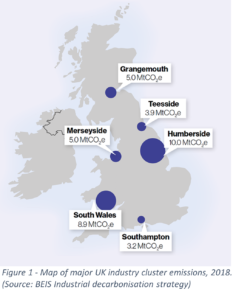
As part of our hydrogen insight series, Regen is exploring in depth the role that hydrogen could play in a future net zero energy system. In this blog, Grace Millman considers the potential application of hydrogen to decarbonise the industrial sector, exploring the steel and cement industries in particular.

 ly chains could then expand into other sectors and across a wider geography.
ly chains could then expand into other sectors and across a wider geography.